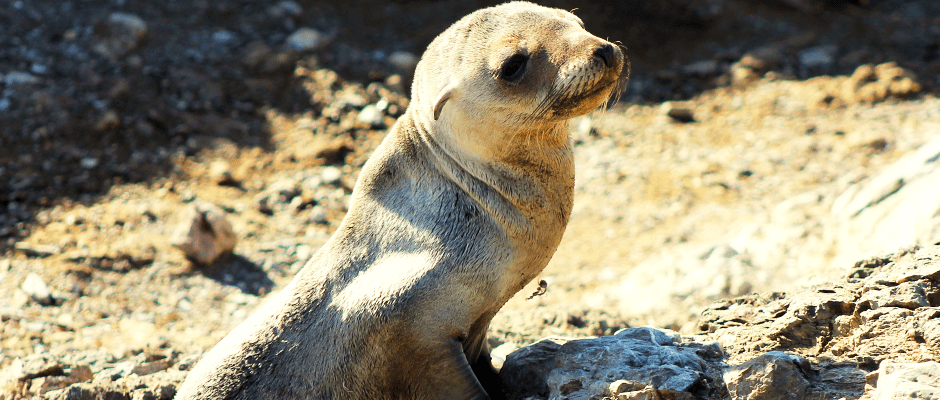Share this article
High ocean temperatures weaken sea lion immunity
Higher than normal sea surface temperatures may compromise California sea lion (Zalophus californianus) pups’ immune systems, according to new research.
During a sea surface temperature anomaly during 2014 and 2015 off the Pacific Coast of North America, temperatures were 2 to 5 degrees higher than normal.
Knowing that high temperatures can decrease the productivity and availability of prey for marine life, a team of researchers set out to discover if sea lion pups’ immune system are different when they are born during these anomalies.
The results were striking. “The entire cohort of pups would be unable to respond to a pathogen,” said Karina Aceveado-Whitehouse, a researcher at the Autonomous University of Queretaro and a coauthor of the recent study published in PLOS ONE.
As part of the study, Acevedo-Whitehouse and her colleagues examined the body condition and immune competence of 61 California sea lion pups during 2014 and 2015 when temperatures were high. They compared them to 23 pups born during 2013, when sea surface temperatures were considered normal.
Blood glucose was 15 percent lower in pups born when sea surface temperatures were high, they found, probably because the pups’ mothers were foraging on different prey and producing less nutritional milk.
The researchers also tested swelling response in the sea lions’ flippers — an indication of cellular immune responses. Injecting a plant-based substance called phyto-hemagglutinin (PHA), which normally causes localized swelling due to infiltration of immune cells, and found the flippers swelled less during the anomaly.
While it is normal for some pathogens to kill weak sea lions, Acevedo-Whitehouse said, these findings show high sea surface temperatures have the potential to wipe out entire populations due to compromised immune responses. In 2016, she said, the population was reduced by 80 percent.
More recently, Acevedo-Whitehouse said, returned to the study site and preliminary surveys show that the population recovered after sea surface temperatures have returned to normal.
“It’s pretty nice to see the population returning to normal,“ she said. “But there is an effect from climate change. We cannot deny it.”
Header Image: An emaciated sea lion pup spends time ashore at the San Benitos Archipelago. ©Fernando Elorriaga-Verplancken








